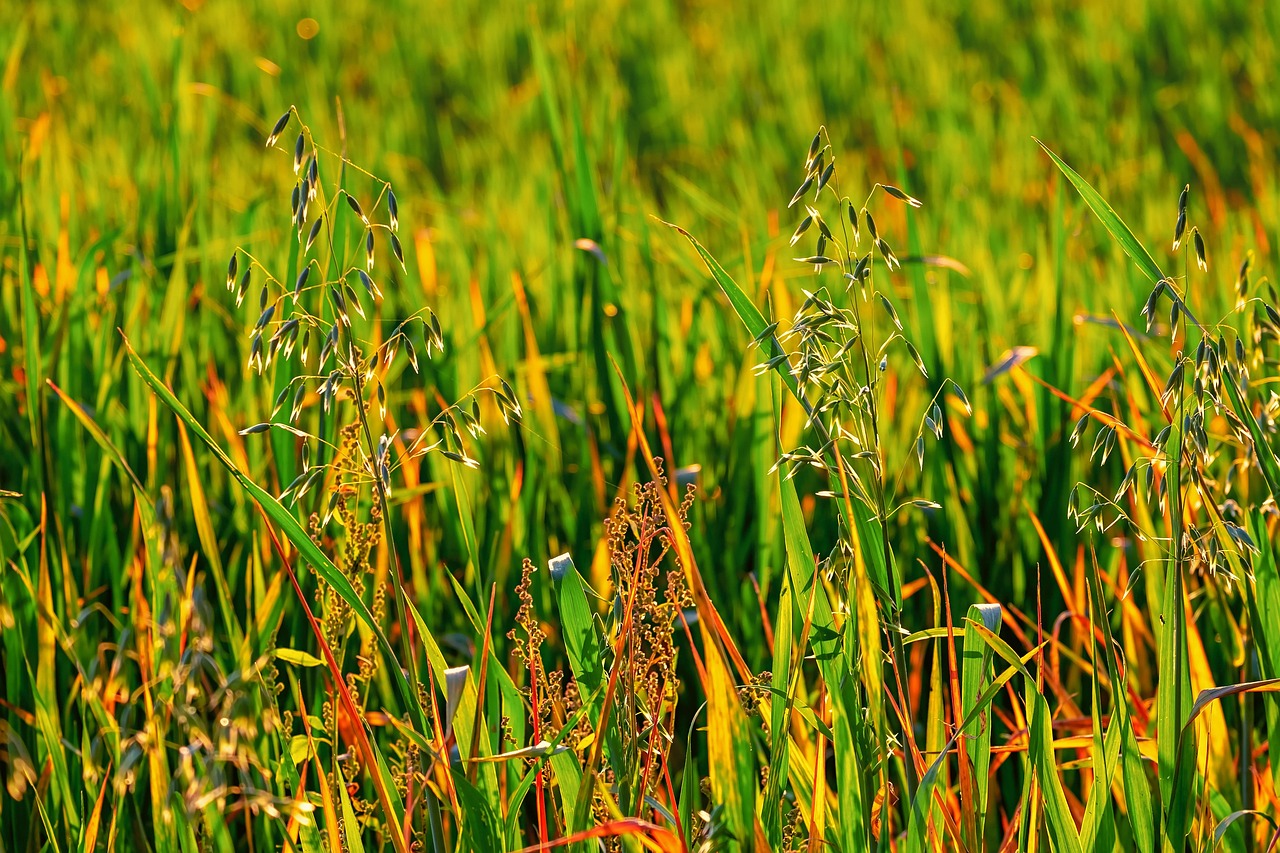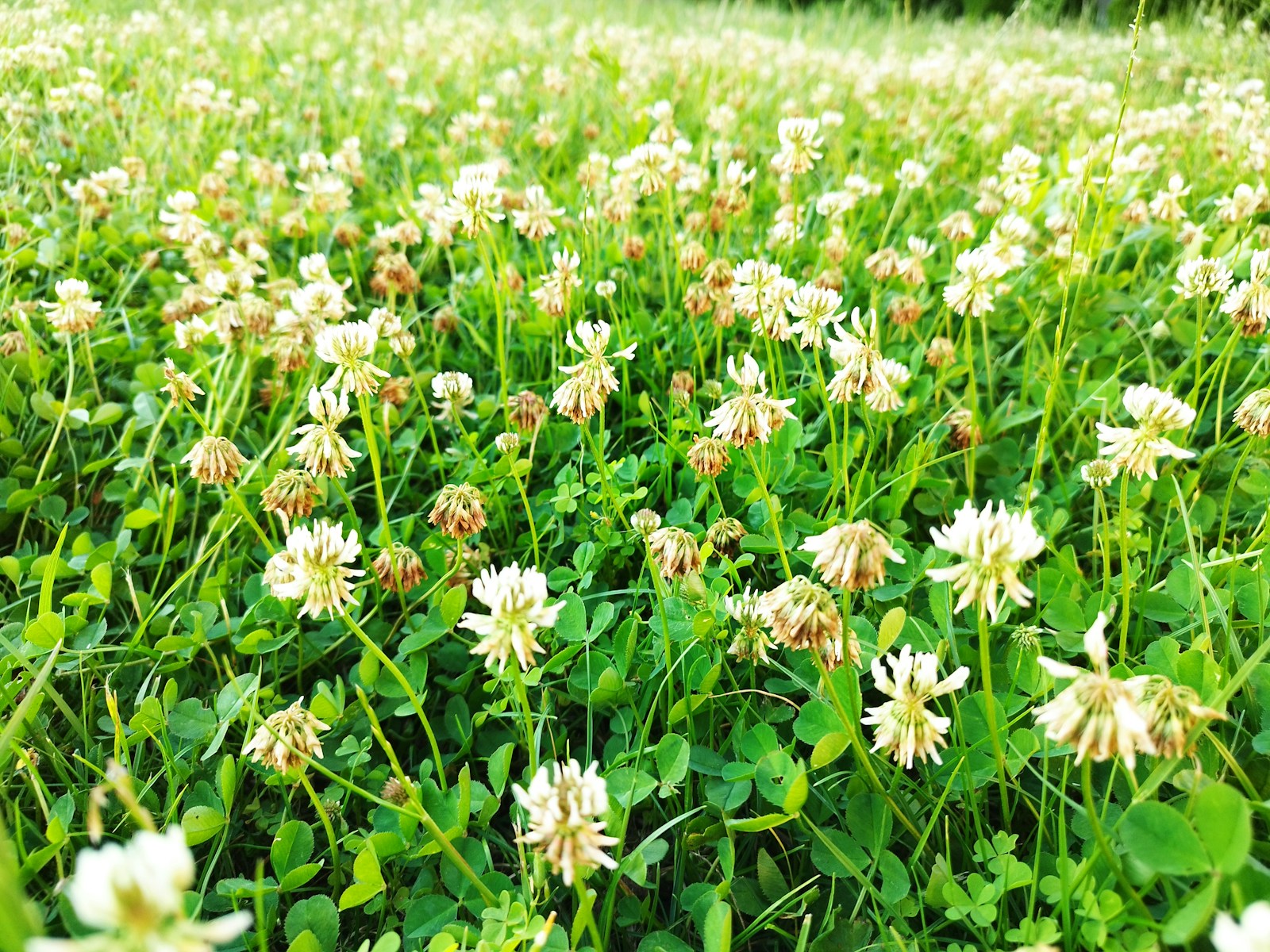There’s nothing worse than seeing your beautiful lawn invaded by pesky weeds. The good news? You can stop those troublemakers before they even break through the soil. The secret weapon: pre-emergent weed killer. But timing is everything. Apply too early, and the product may lose its potency; apply too late, and the weeds will already be on their way. Here’s what you need to know to outsmart weeds and keep your lawn lush and healthy.
What Is Pre-Emergent Weed Killer and How Does It Work?
Pre-emergent weed killers are herbicides designed to target weed seeds before they germinate. Unlike post-emergent products that kill visible weeds, pre-emergents form a protective barrier in the soil, stopping new weed growth in its tracks. They’re especially effective against annual weeds like crabgrass and foxtail.
When to Apply Pre-Emergent Weed Killer
Timing depends on your local climate and the types of weeds you’re targeting. Most weeds germinate when the soil temperature reaches 55°F for several consecutive days. Here’s a simple seasonal guide:
- Spring: Apply when soil temperatures consistently hit 50-55°F, typically in early to mid-spring. This is the best time to prevent warm-season weeds like crabgrass.
- Fall: Apply in late summer or early fall to combat winter weeds like poa annua (annual bluegrass) and chickweed.
Pro tip: Use a soil thermometer or check local gardening websites to monitor soil temperatures in your area.
How to Apply Pre-Emergent Weed Killer Correctly
- Mow First: If your lawn needs mowing, do it before applying pre-emergent to ensure the herbicide reaches the soil.
- Apply Evenly: Use a spreader for granular products or a sprayer for liquid formulas to cover the entire lawn uniformly.
- Water In: Lightly water your lawn after application (about ¼ inch) to activate the herbicide. Avoid heavy rain or overwatering, as this can wash away the product.
- Follow the Label: Always read and follow the manufacturer’s instructions for best results.
Common Mistakes to Avoid
- Applying Too Late: If weeds have already sprouted, pre-emergent won’t work.
- Skipping Watering: Water is crucial for activating the herbicide.
- Ignoring Reseeding Guidelines: Pre-emergent can prevent grass seed from germinating, so wait at least 6-8 weeks before overseeding.
Final Tips for a Weed-Free Lawn
- Know Your Weeds: Identify common weeds in your area and time your applications accordingly.
- Maintain Healthy Soil: Healthy grass competes better against weeds, so aerate and fertilize as needed.
- Monitor and Reapply: In high-weed areas, a second application may be necessary, especially in regions with long growing seasons.
By following these simple yet effective steps, you can keep weeds from taking over your lawn and enjoy a greener, healthier yard all season long. Happy gardening!



